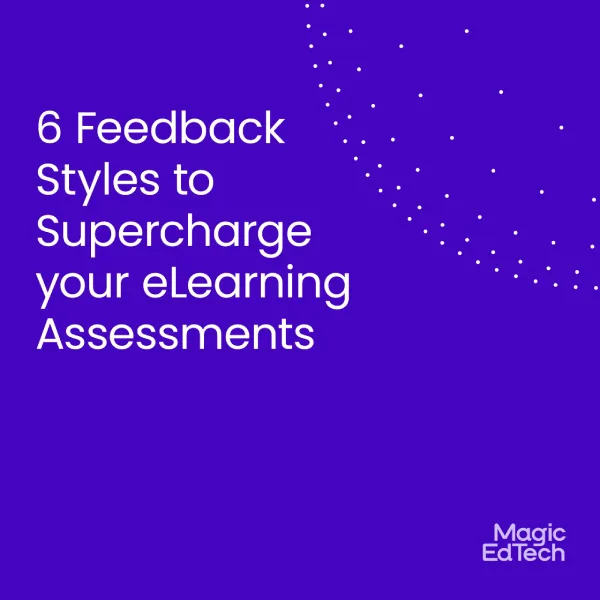Integrating accessibility across the agile development
- 22 December, 2021
- Reading Time: 5 min
The use of the web is inevitable in businesses, social lives, jobs, and the education of the 21st century. People use the web for everyday activities because of itsthe comfort, convenience, and easy access. Organizations rely on the web to run their business smoothly, especially after COVID-19. Most education systems worldwide have implemented remote learning, digital learning, and online learning during the pandemic.
The introduction of technology in education allowed students to continue learning during the lockdown. Though it is convenient, such a transformation is complicated, especially for people with no web access.
Accessibility standards:
The World Wide Web Consortium (W3C) claims that the web is designed for everyone irrespective of language, location, culture, race, age, physical, or mental ability. Generally, people with disabilities face challenges while accessing the web. This is entirely avoidable by integrating accessibility standards at the development stage. W3C has developed international accessibility standards and guidelines to ensure better accessibility for everyone. Web Accessibility Initiative (WAI) guidelines include WCAG (Web Content Accessibility Guidelines), ATAG (Authoring Tool Accessibility Guidelines), and UAAG (User Agent Accessibility Guidelines).
WCAG standards, such as WCAG 1.0, WCAG 2.0, and WCAG 3.0, have been developed to cover all aspects of web accessibility and improve access.
Agile Development for Better Accessibility:
Web accessibility should be the same for people with different conditions, such as mental, cognitive, visual, hearing, physical impairment, or a combination of these. For this, improving web accessibility with agile software development is necessary. A fundamental understanding of the application or website is essential while developing accessible web content or software, understanding different disability user personas, and grooming user stories accordingly. Many websites have quality contentthat should be read by all but is not accessible for all. To mitigate such issues, developers should implement and conduct an accessibility test at every stage of development.
Accessibility codes differ from general codes. Thus, developers should be trained to write code that complies with accessibility standards. It also helps save time and money at the end of the development while integrating the product with accessibility standards, such as WCAG 2.0 and WCAG 3.0.
Advantages of integrating Accessibility across agile development:
- Immediate feedback and improvements
- Identification and remediation on accessibility issues while creating an accessible product in an agile workflow in the early stage of development
- Efficient evolution of the project objectives and adaptability
- Quick delivery with no accessibility issues
Magic EdTech is dedicated to improving accessibility to offer a better learning experience to everyone. It offers five remote learning products and ensures all its products comply with the W3C accessibility standards. Magic EdTech has excellent technology in education with better visibility, accessibility, and interaction with different abilities. Looking to integrate Accessibility within your Agile Development? Email us at marketing@www.magicedtech.com.



